According to Professor Martin van Creveld, of the Hebrew University of Jerusalem, the final report released last week by the government-appointed Winograd Commission, on Israel’s conduct of the so-called 2nd Lebanon War 2006, consisted of little but failures. For this the political leadership, the top military brass were to blame. Much of the criticism, by the Israeli public, is well founded. The war was indeed marked by a long series of failures. Van Creveld: Failures in planning, failures in intelligence and counterintelligence, failures in command, failures in mobilization, failures in execution, failures in logistics, failures in properly protecting the rear, and perhaps a failure to terminate hostilities earlier and at the cost of fewer Israeli casualties.
Since the unilateral withdrawal from Lebanon in May 2000, repeated attempts to kidnap Israeli soldiers continued to take place on average every three or four months, with Israel retaliating with minor reactions. However, on July 12, 2006, in response to just one of such incident, Prime Minister Ehud Olmert, with almost the entire Knesset as well as public opinion behind him, launched the 2006 offensive, much to the surprise of Hassan Nasrallah and his Tehran bosses. The offensive did not go nearly as well as it should have and demonstrated numerous deficiencies in the Israeli military.
However, it is a fact, that Hezbollah, judging by its leader’s repeated statements, was shocked by the violence of Israel’s reaction, while the Iranians were totally dismayed by the loss of their investment, which went up in flames, in 24 hours. Moreover, when the fighting ceased, hundreds of Hezbollah fighters had been killed. The organization was forced out of southern Lebanon, and a fairly effective United Nations peacekeeping force was deployed, together with the Lebanese Army, for the first time in decades.
Hezbollah, while having restocked its arsenal with even more efficient rockets perhaps, does not seem to relish another round, with Israel, which having learnt a sharp and painful lesson, is already reshaping into a different armed force.
The IDF is and always was basically a land forces Army. General Dan Halutz, an air force officer, wanted to reorganize the IDF into a three-service force, comprising virtually independent Army Air Force and Navy, depicting the armed forces structures common worldwide. In this concept, which was opposed by many of the ground forces leadership, but firmly overruled, Halutz made a deadly mistake, which backfired already on the first day of the war. Moreover, his warfighting doctrine, which was based on stand-off fire, primarily led by the air force and, to a lesser extent, on artillery fire, could not diminish Hezbollah’s short-range rocket offensive, which kept nearly a million Israelis in shelters for over a month.
In a democracy, the political leadership is solely responsible to give the army clear and specific directives, how to conduct the war, in order to meet the nation’s strategic aims. For decision makers being capable of giving such directives, a crisis management team must be created, rendering professional assistance to the civilian leadership. This is normally provided by the National Security Council (NSC), which unfortunately, was not involved in the decision-making process. Without a clear directive, the army can, even unintentionally, misinterpret some of the top decisions, resulting in serious disorder, confusion and misunderstanding of orders issued along the chain of command. The lack of clear and unmistakable directives caused most of the failures throughout the warfighting conduct of the entire war. For example, the political leadership never really issued direct orders to the army to stop the rocket offensive against the civilian population, which lasted incessantly until the very last day of the war!
You may also refer to our earlier feature “Israel’s Postwar Commission Urges: Crisis Management Imperative“, published May 2007, covering the preliminary findings of the the Winograd report.
IDF officers are envious of their American counterparts: These have documents of “national strategy” that are issued by the president, and a “security strategy” published by the secretary of defense as a basis for “military strategy”, which is drawn up by the joint chiefs. In Israel, the army normally puts up with the blunders of the governments, which do not tell the military, in clear language, about their intentions. This leaves the army brass largely guessing about what their leaders really want them to achieve. The inevitable result from lack of orderly staff work at the political leadership level creates a dangerous situation, in which the army’s near sole domination of the nation’s strategic vision is unhealthy. Accordingly, the politicians are conducting their decision-making, usually lacking both understanding or without requesting alternatives from the military.
Whatever the controversy over the latest Winograd Report may be, leading analysts consider the 2nd Lebanon War a last, indispensable, wake-up call to arouse the State of Israel from years of slumber and ignorance in matters of top national security. There are of course, those, who regard the first 48 hours of the highly successful air campaign on Hezbollah’s long-and medium range rocket arsenal, as sufficient response for the abduction of the two reservists. But should the action have stopped right there, it is highly questionable whether the two would have been released (in fact, Hezbollah did not provide any details about the two since their abduction). But, there is little doubt, that the former chief of staff, air force General Dan Halutz, would have stayed in top command, implementing his dangerous “three-service” force to the full – in other words, the decline in the warfighting doctrine of the IDF Land Forces would continue, in both national budgetary and training priorities. The tanks would have remained without their vital active defense systems, confronted by fourth-generation ATGM. Israel’s rear would continue to suffer from an overwhelming rocket threat, without adequate national funding for advanced rocket defense systems. The IDF would maintain enhancing its dangerous stand-off firepower operations doctrine, which failed miserably during the 34 days of its first realistic confrontation with a determined enemy, fighting in a virtual “empty battlefield”, lacking sufficient point-targets to attack from the air alone.
But there is more. Even those actions, in which larger, brigade-sized formations were used, like the battle for Maroun a-Ras, the ruling misconceptions backfired due to lack of determined top level leadership. Maroun a-Ras can hardly be regarded as a fiasco, as the media described it. In a brigade attack, mounted by Brigadier General Gal Hirsh’s 91st division (who was blamed for his division’s mistakes and forced to retire) the fortified village was captured after fierce fighting, killing over thirty Hezballah troops. In the command bunker, classified documents, advanced weapon systems, supplied by Iran and communications equipment rendering vital tactical intelligence were seized, all this at a cost of five men killed and several wounded. In spite of this clear success, the impact of casualties brought about immediate cessation of activities and forced immediate withdrawal on specific GHQ orders, backed by a hesitant political leadership. Unfortunately, the hasty withdrawal only caused more casualties!
A similar situation occurred during the last sixty hours of the war. It is irrelevant, to this analysis, whether the planned three-division offensive was necessary or not, when the UN sponsored cease fire was already within sight. Our insight, centers only on the military conduct of the battle. Crossing Wadi Saluki became the mission of 162nd Armored Division, which was spearheaded by “L” Company of 9th Tank Battalion, 401st Armored Brigade, equipped with Merkava Mk4 tanks. During a sharp action, fought in a forced narrow passage, the company lost five of its eleven tanks. Human casualties during the entire action, which lasted a few hours, were eleven dead and more wounded. Two of the five tanks hit were totally destroyed by multiple missile strikes, most probably Kornet laser-guided missiles. The others were later recovered.
While MEDEVAC took care of the casualties, another company followed through and with support of the brigade’s second battalion, pushed uphill, only a short distance away, from the division objective, when it received orders from the top command, to halt immediately and disengage! Only a few hours later, another mission was aborted when, during a mass heliborne operation, tasked to capture the strategic high ground overlooking the Litani River, one CH-53 Sea Stallion crashed, probably hit by missile, with five crewmen killed. The mission, which included several thousand men and equipment, was called off by GHQ and the civilian leadership- with at least 24 hours left, until the cease fire came into effect.
From a professional viewpoint, all these examples signify lack of determination by the military and civilian leadership – which are to blame for the botched conduct of the war. But this blame cannot include the combat troops and tactical leadership, which in many cases demonstrated utmost bravery in battle and devotion to their mission, even when sustaining heavy casualties. It is a matter of fact, that in every face-to-face combat with Hezbollah guerilla troops, the IDF clearly gained the undisputed upper hand. Should the military and civilian leadership have shown equal standards – the outcome of the 2nd Lebanon War would no doubt have been very different, even in its latest offensive phase.
As for combat leadership there are many valuable lessons to be gained from this war. Network centric communications offer a wide range of hitherto unavailable, tactical situation awareness, to commanders at all levels, on real time basis. However, when practiced from stand-off distance, vision and sensor based command and control cannot replace combat leadership during critical phases, right alongside the troops. Another advanced service, the mobile subscriber exchange service (military cellular phone) providing person-to-person conversation (Mountain Rose) provided, under some circumstances, the only means of communications for field commanders. However, such method of communications was never designed to replace combat network radios. These means are useful enabling secure point-to-point conversations and coordination between senior commanders, but should never be used to issue orders, which have to be listened to by crosswise radio networks, reaching all tactical commanders simultaneously.
Tactical commanders, (from division, down to the platoon level), must “feel” the heat of the battle, virtually smelling, the stench, heat, blood and tears of their troops, in order to get things moving again, when the going gets rough. Leading by virtually watching the conduct of battle from remote locations, as it rolls off on their screens, fed by the best resolution images, from the bird’s eye view of the UAV, cannot replace the commander’s presence at vantage points. Hearing the calm commander’s voice, over a crosswise radio net, for all to listen in, directing the battle during crisis situations, is irreplaceable in providing the foundation for victory, encouraging and guiding troops under stressful combat situations. Moreover, even in the modern battlefield, a determined fire-supported assault remains the best casualty reducing practice, provided it is led by frontline leaders. Mission persistence throughout the entire battle is imperative to achieve ultimate accomplishment of the objective.
Under the leadership of its new chief of staff, Lt. General Avi Ashkenazi, the IDF is rapidly regaining its lost warfighting capability. One of the IDF’s biggest changes was regarding training protocols, recently holding large-scale divisional exercises, in which it implemented most of the lessons learned during the Second Lebanon War, including interfacing with the various government establishments. The military has further approved a NIS 250 billion ($68.8 billion) perennial work plan – Tefen – which includes the continuance manufacturing of Merkava 4 tanks, purchasing of hundreds of heavy tracked armored personnel carriers, reinforcing the Air Force with additional fighter jets and the Navy with warships, as well as accelerating the development of rocket countermeasures and anti-missile systems. Other changes involve redefining the responsibilities of Military intelligence, by creating a unit charged with liaising with intelligence factors in the field. Much attention was placed on retraining the reserves. The IDF has re-stocked on its ammunitions and equipment since the war’s end, but nevertheless, several deficiencies still exist and are due to be replenished over the next fire years, costing some NIS 2 billion ($550 million).
A central thesis in the final Winograd report revolves around criticism of the paralyzing fear of the government and the IDF leadership of losses in the war, which made it difficult to take risks. The committee believes that Israel must be prepared for sacrifice when it comes to protecting its citizens. Although Israeli society has changed for the worse in its attitude toward losses, the committee members are now preaching to the public and its leaders about the need for change.
For further reading; 2nd Lebanon War Analysis:


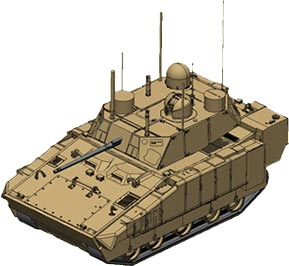
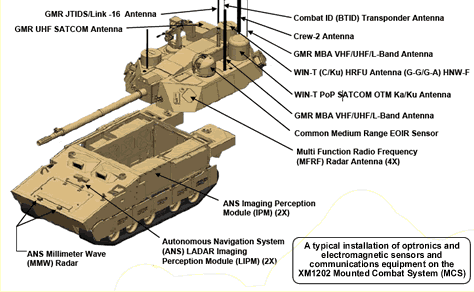
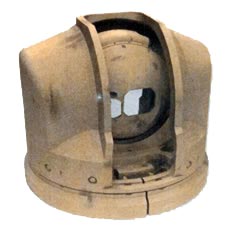
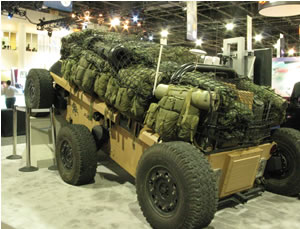
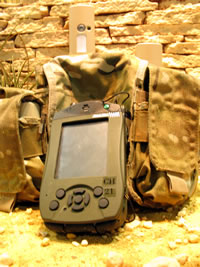

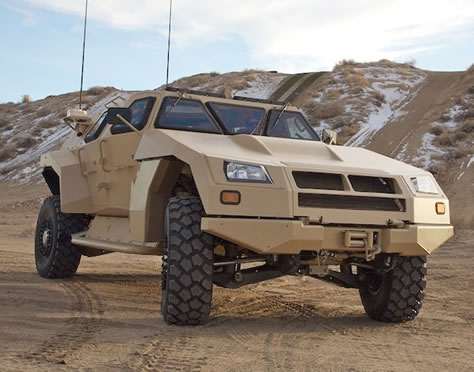
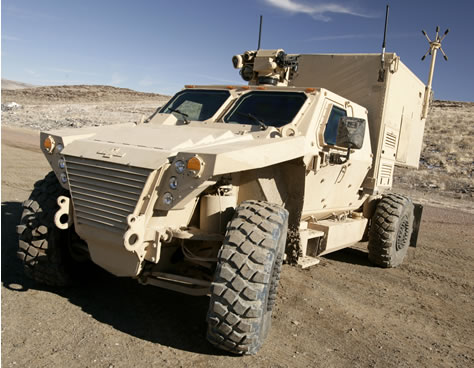
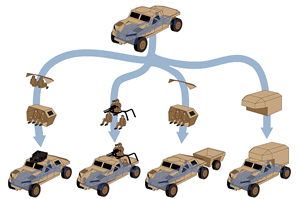
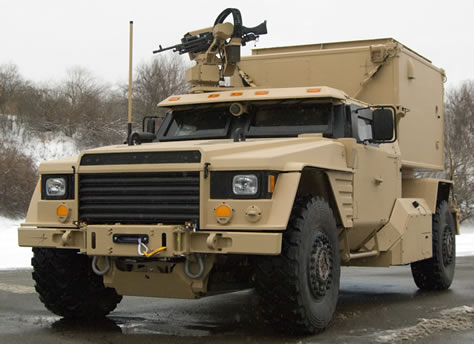


 It was also an impressive engineering feat. To plan, plant, implement and execute simultaneous explosions, creating a domino effect, toppling such a strongly built infrastructure, required high level professionalism. Analysts doubt that Hamas, alone could not have done this, without professional outside help. Intelligence sources suspect, that Iranian demolition experts arrived in Gaza, mingling with the pilgrims from Hajj in Saudi Arabia three weeks ago, when Egypt allowed them, reluctantly to return, without sufficient security checks.
It was also an impressive engineering feat. To plan, plant, implement and execute simultaneous explosions, creating a domino effect, toppling such a strongly built infrastructure, required high level professionalism. Analysts doubt that Hamas, alone could not have done this, without professional outside help. Intelligence sources suspect, that Iranian demolition experts arrived in Gaza, mingling with the pilgrims from Hajj in Saudi Arabia three weeks ago, when Egypt allowed them, reluctantly to return, without sufficient security checks. Implementing the Grand Design
Implementing the Grand Design
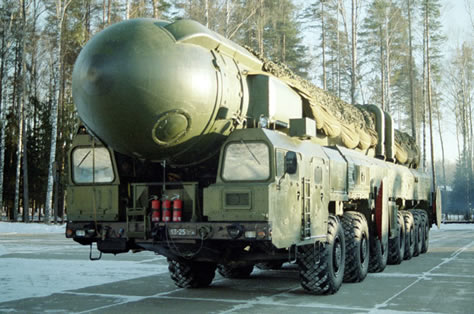
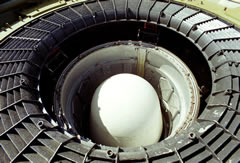
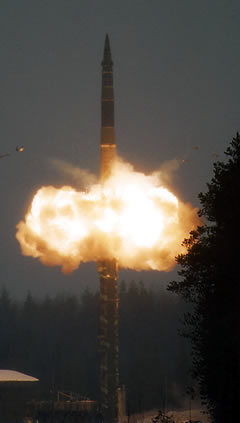
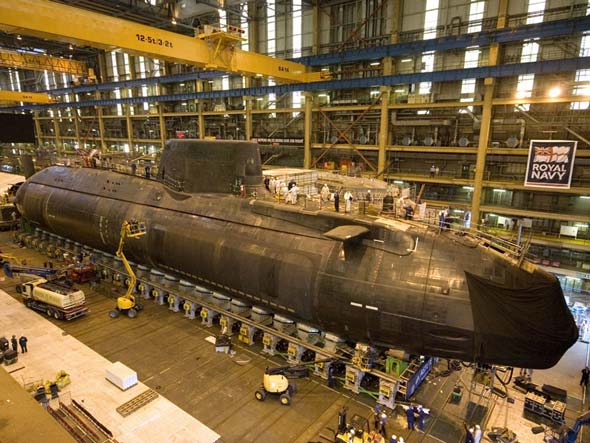
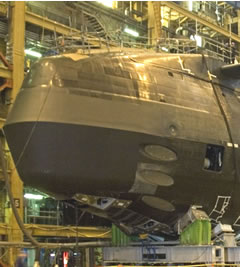

 IAI established contact with the satellite 80 minutes after the launch. After confirming the satellite is in orbit and its systems are healthy, IAI’s engineers began an extensive series of systems testing which could take several weeks. IAI expects to receive initial SAR images from the satellite within 14 days. TECSAR is one of the world’s most advanced SAR satellites, providing high resolution SAR images regardless of the visibility condition, in day, night and through clouds. The new satellite will increase
IAI established contact with the satellite 80 minutes after the launch. After confirming the satellite is in orbit and its systems are healthy, IAI’s engineers began an extensive series of systems testing which could take several weeks. IAI expects to receive initial SAR images from the satellite within 14 days. TECSAR is one of the world’s most advanced SAR satellites, providing high resolution SAR images regardless of the visibility condition, in day, night and through clouds. The new satellite will increase 
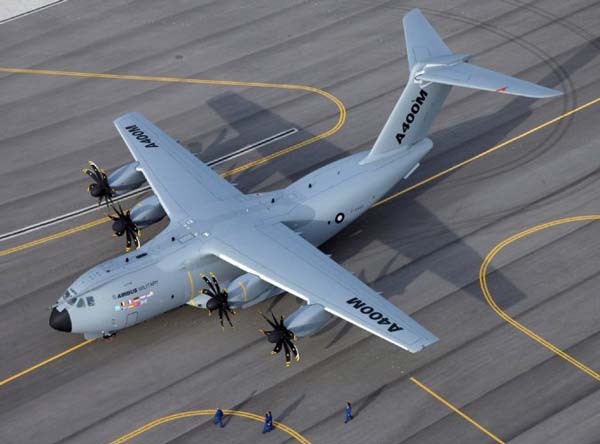
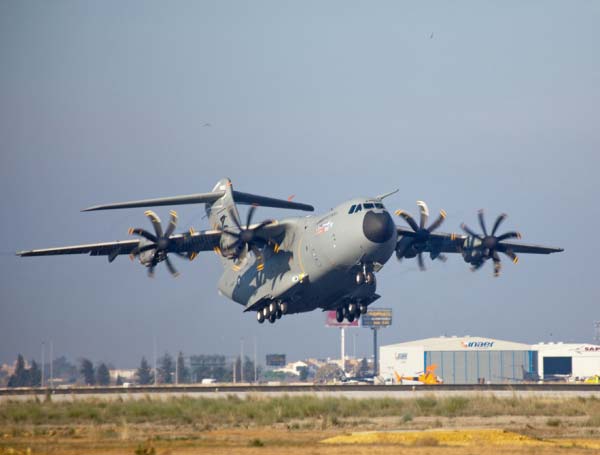

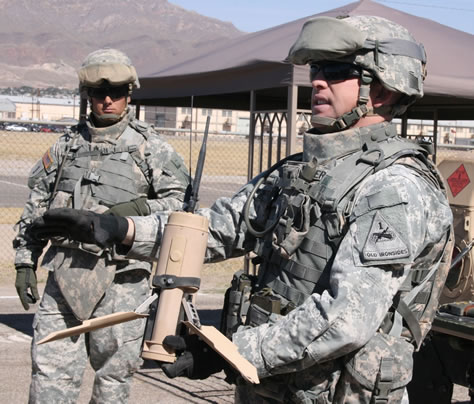
 The U.S. Army has accelerated testing of two
The U.S. Army has accelerated testing of two 














